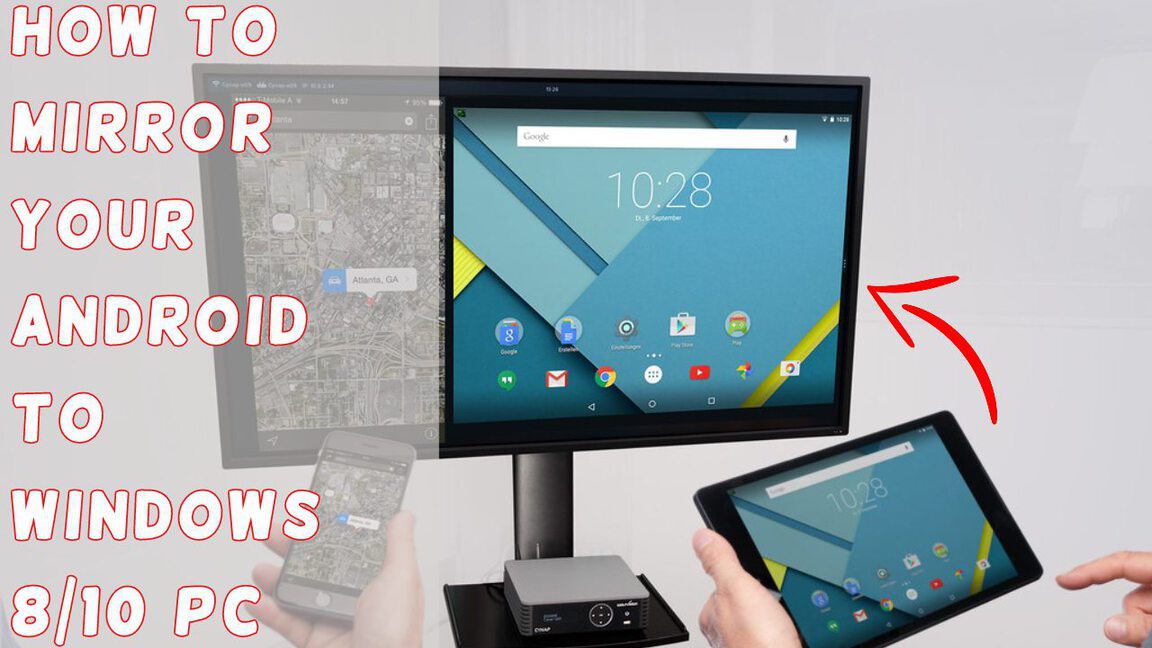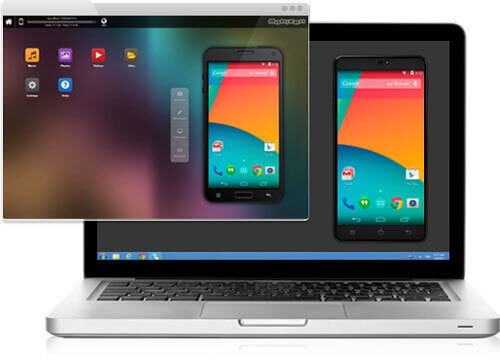

Requiring physical connectors like a USB port or a VGA monitor port was fine until now. In order for this vision of computing to become a reality there has to be some sort of consensus on how accessories and connecting to other devices will work. It’ a radical departure from the way we used to think about tablets and portables before. The big deal with 2-in-1s is that in the future, the computer as we’ve known it will pick up the characteristics of the smartphone and the tablet, instead of smartphones and tablets picking up the complete feature set that laptops and desktops have at their disposal today. There are also a few new wireless technologies dedicated to enabling this future, one is Miracast.

The market is now filled with what Microsoft and other companies have decided to call 2-in-1s, Windows 8 devices that are able to become a tablet, laptop or even a desktop with additional accessories or altering the orientation of their screen. Today, the devices we get work done on have to be adaptive.


 0 kommentar(er)
0 kommentar(er)
